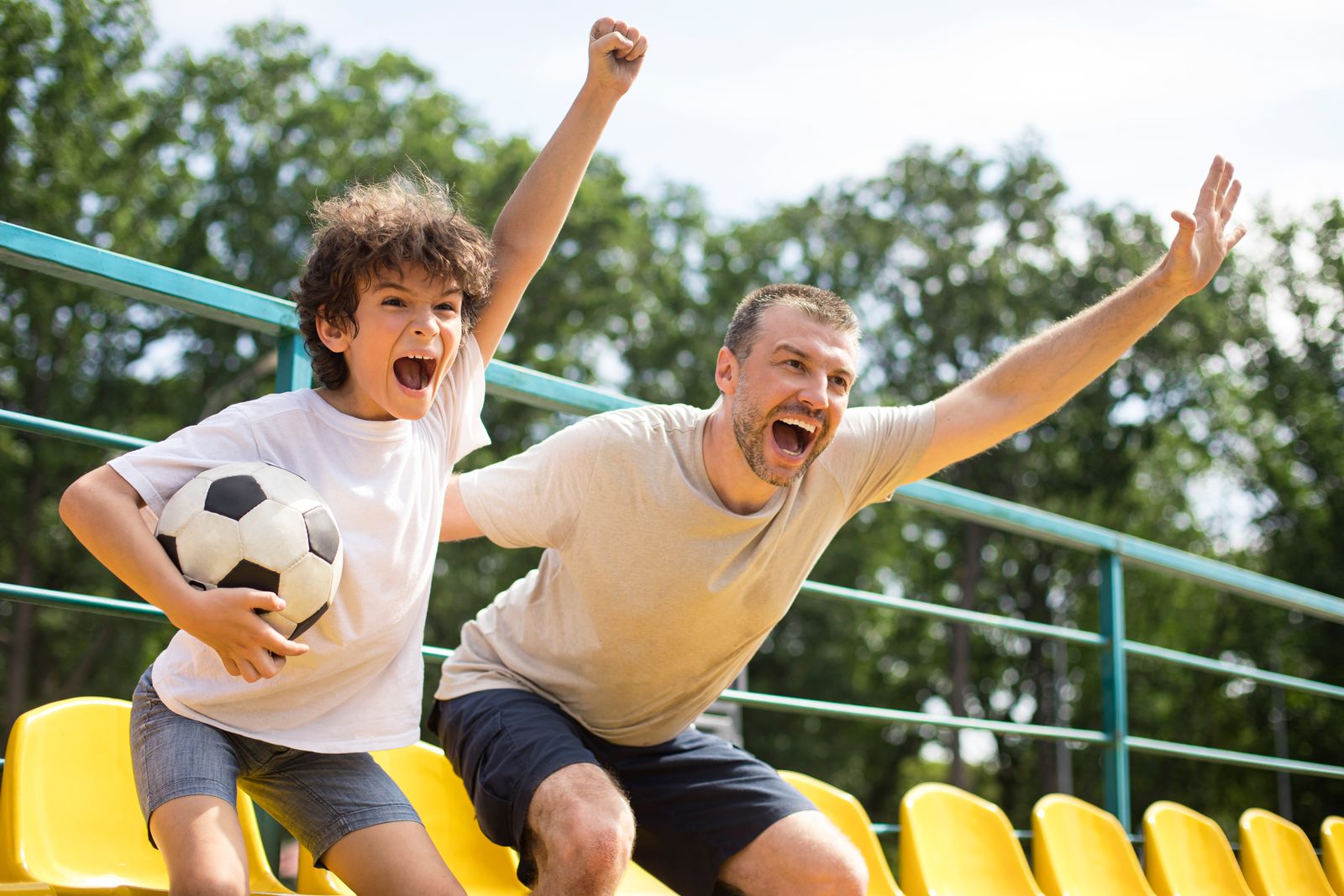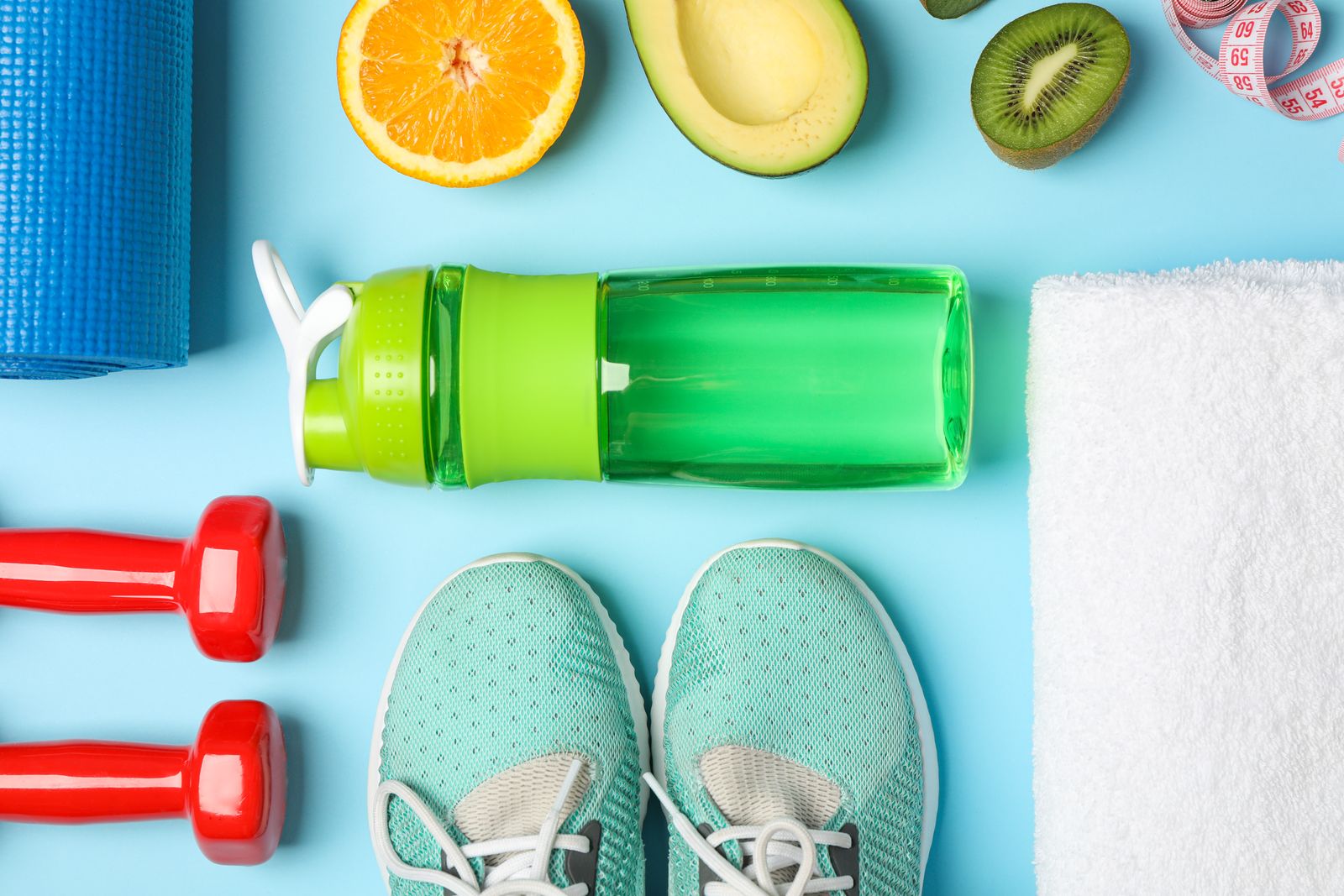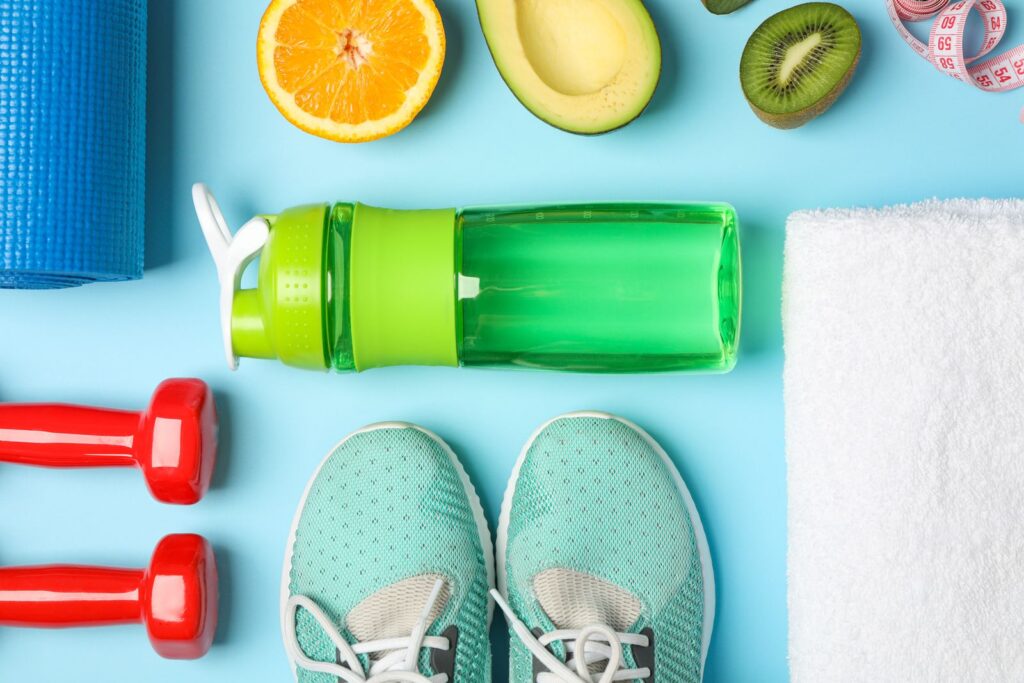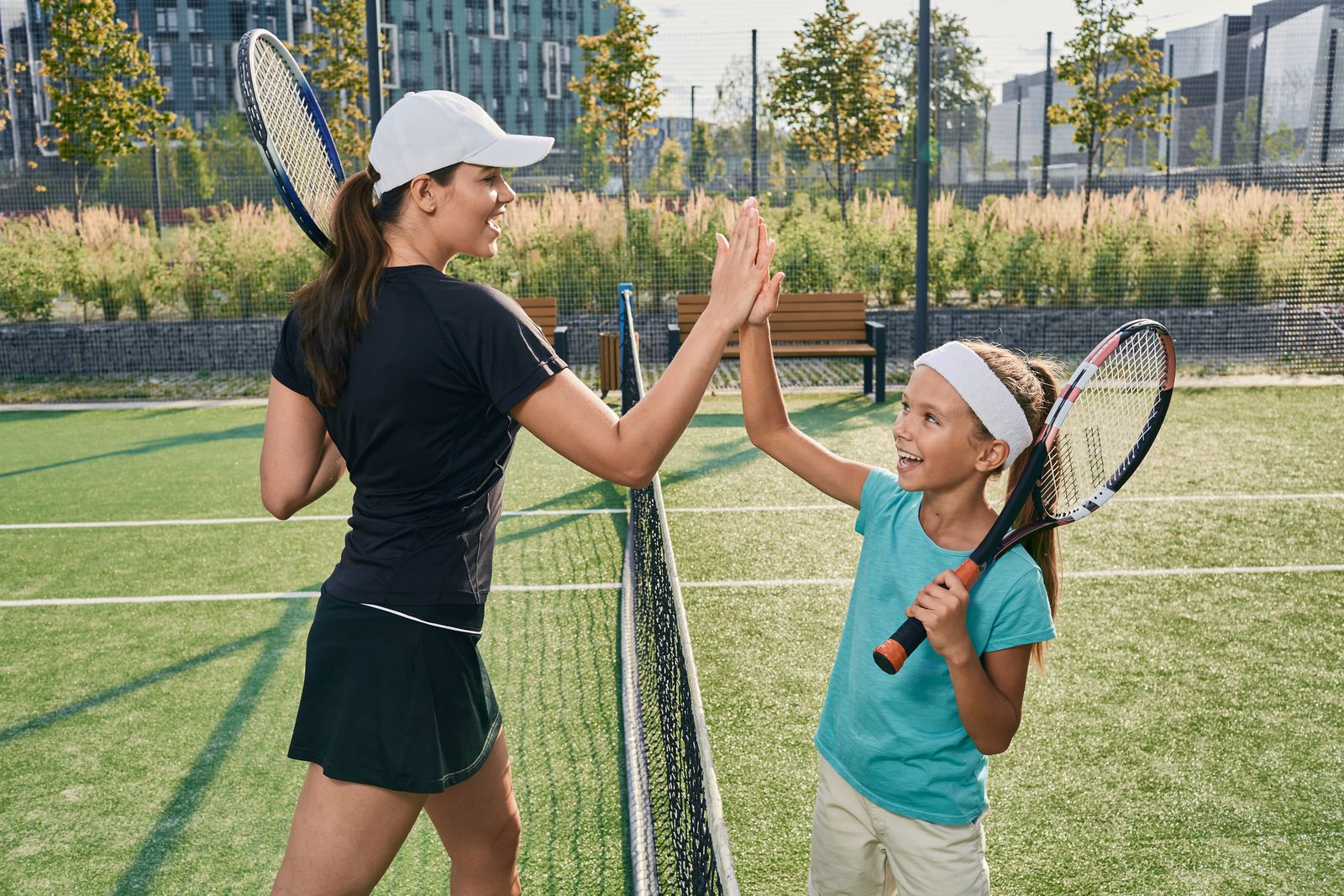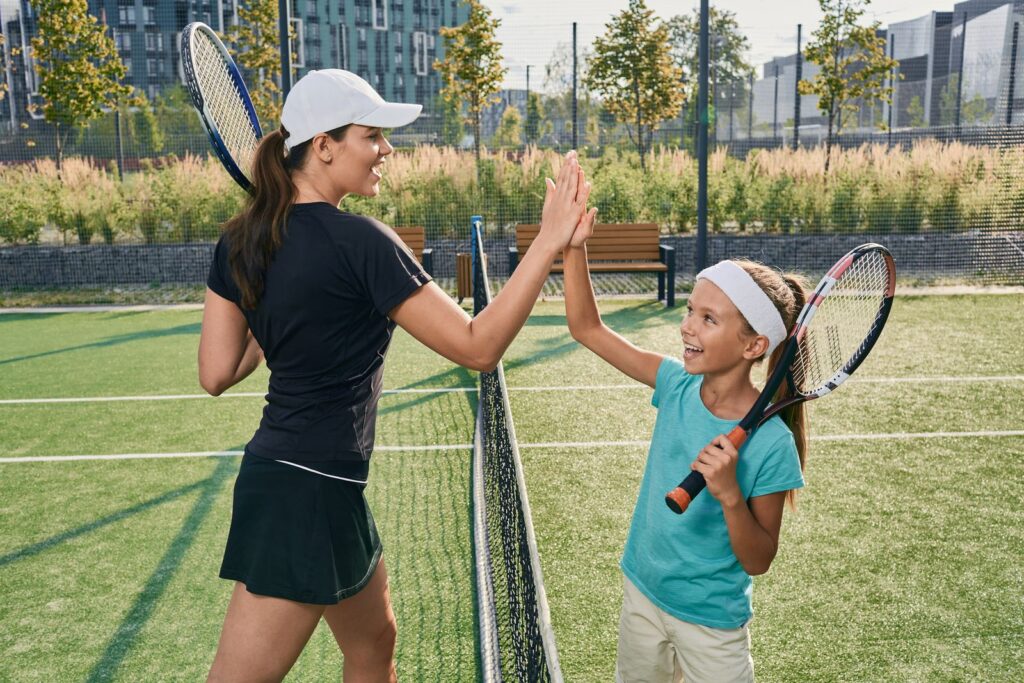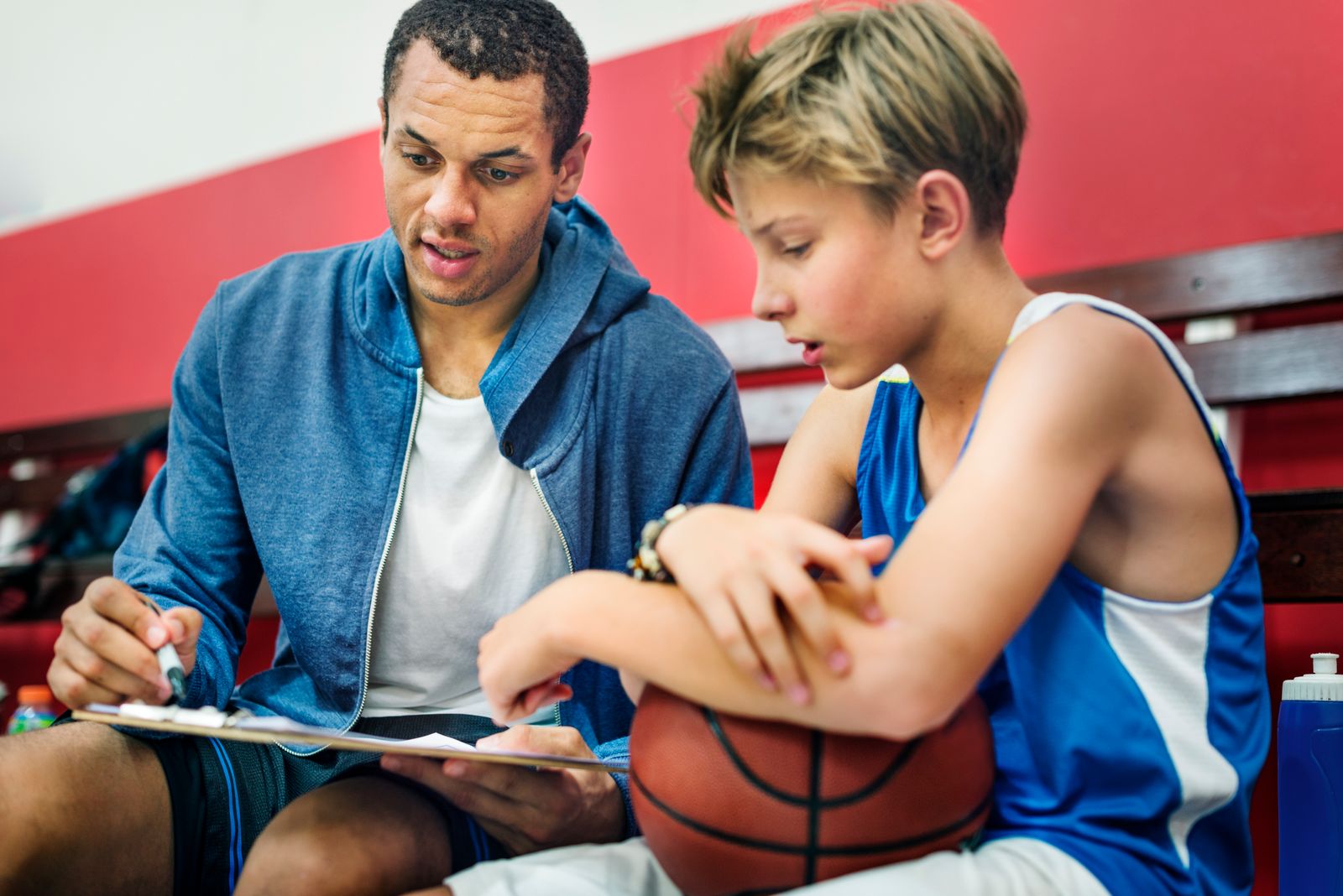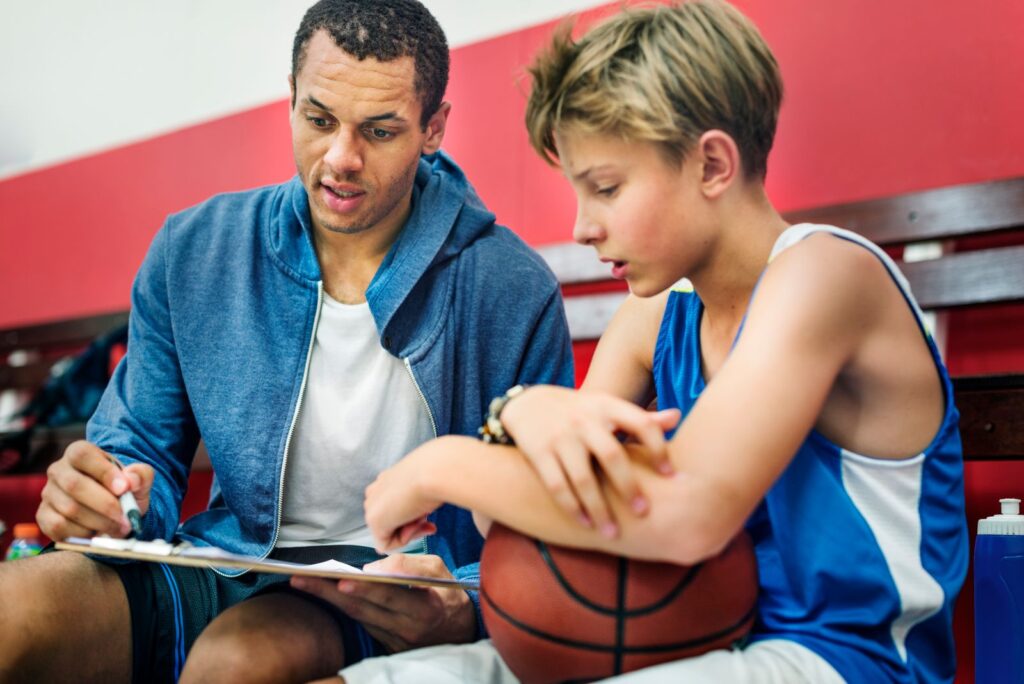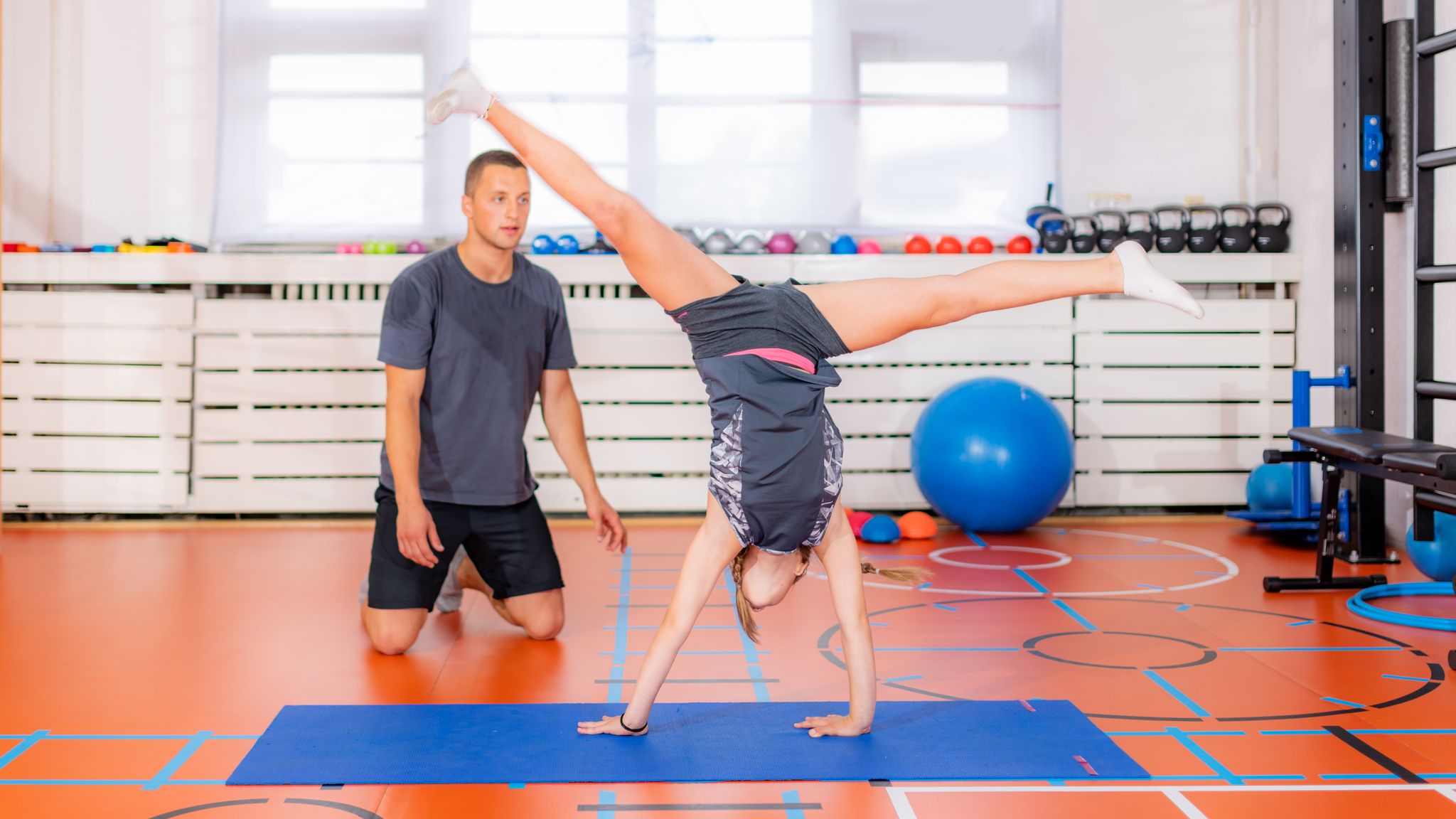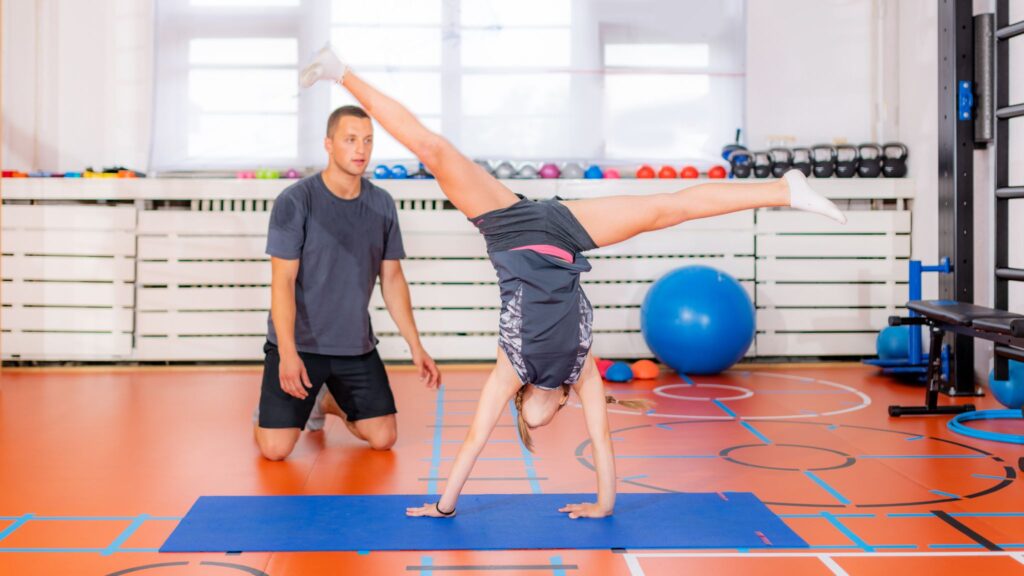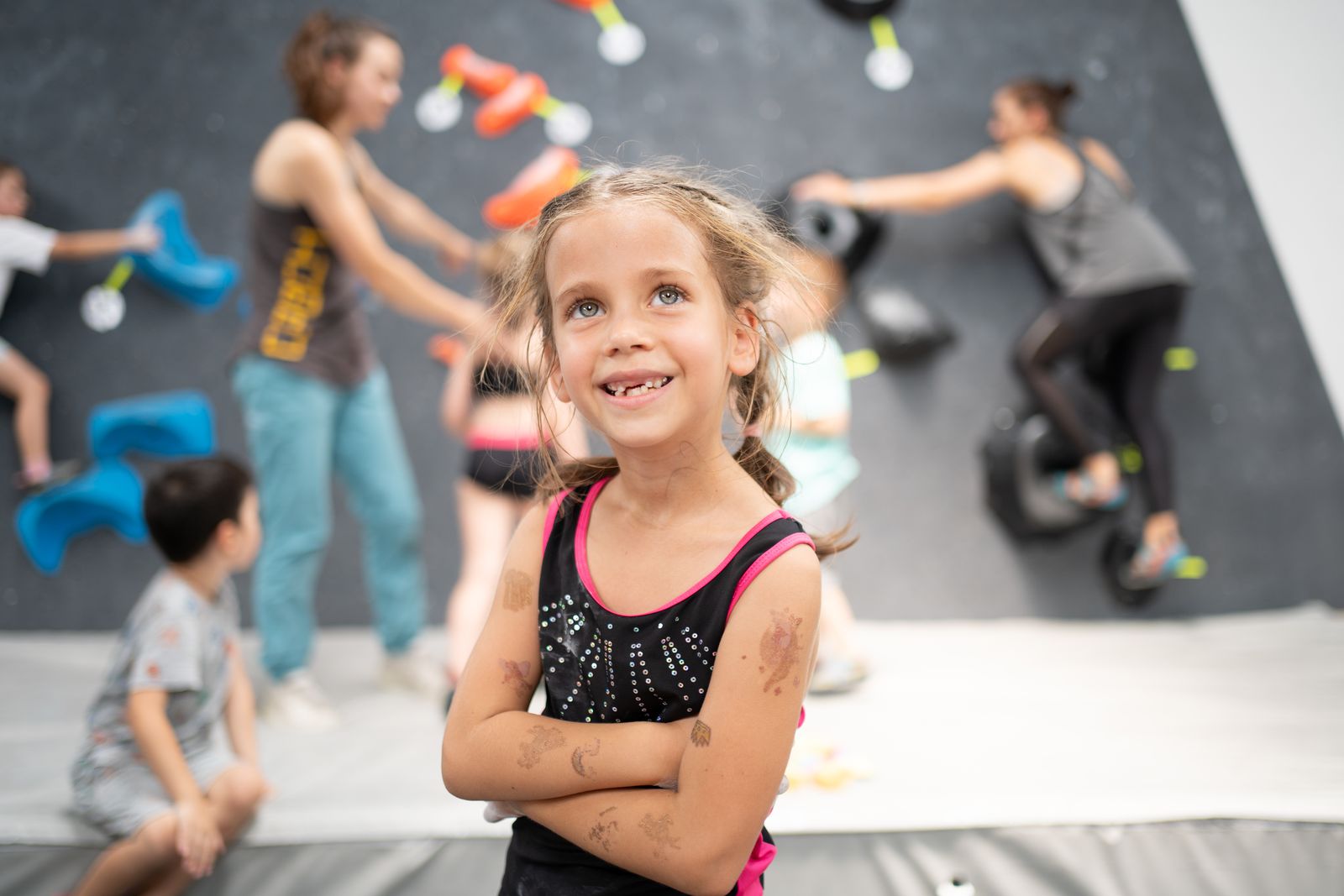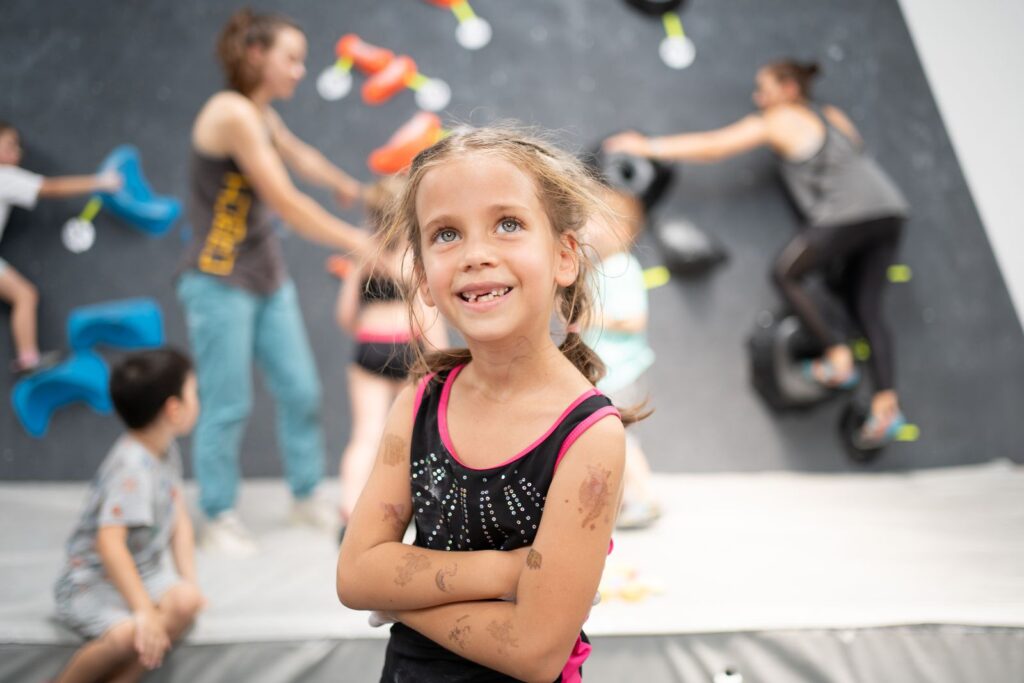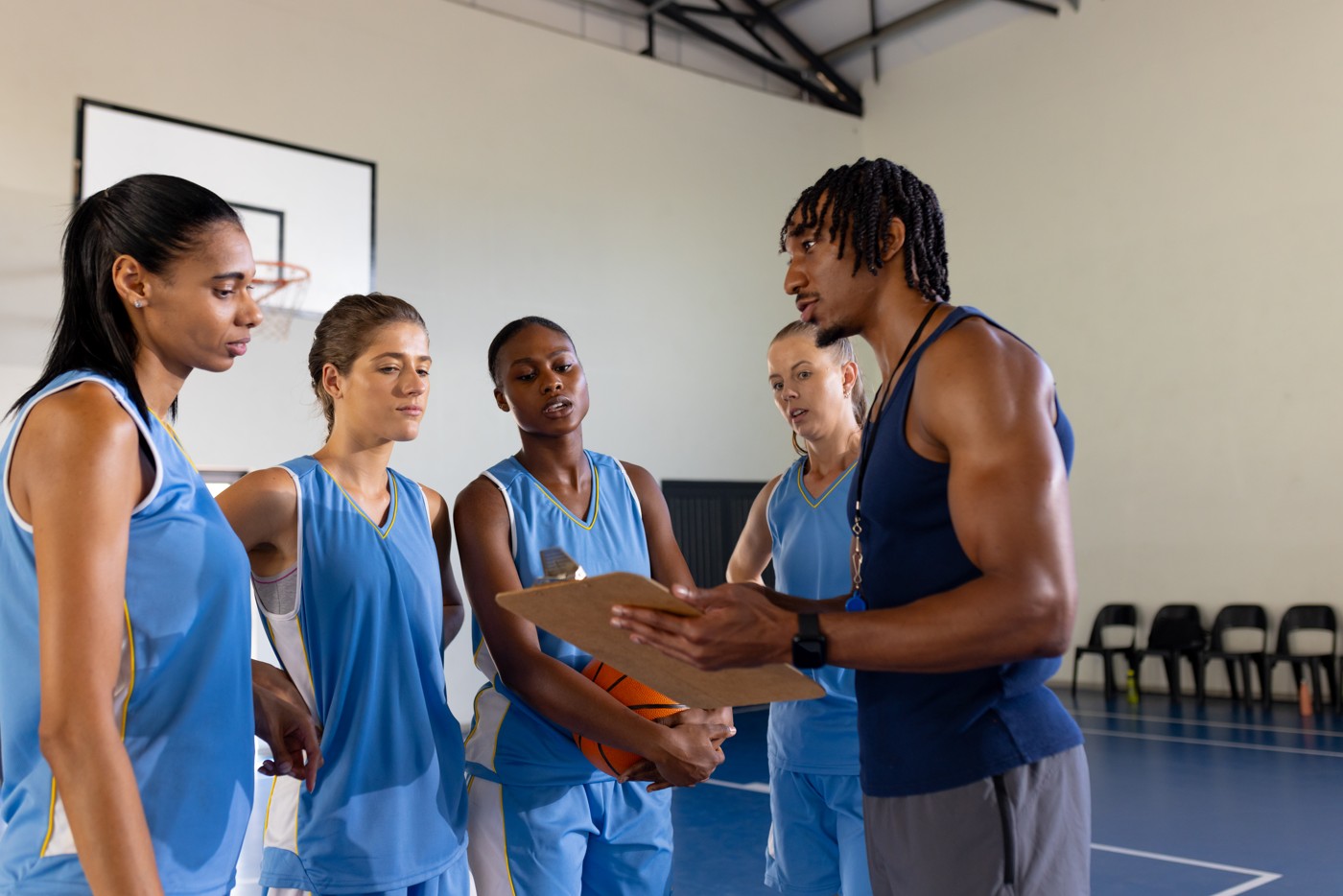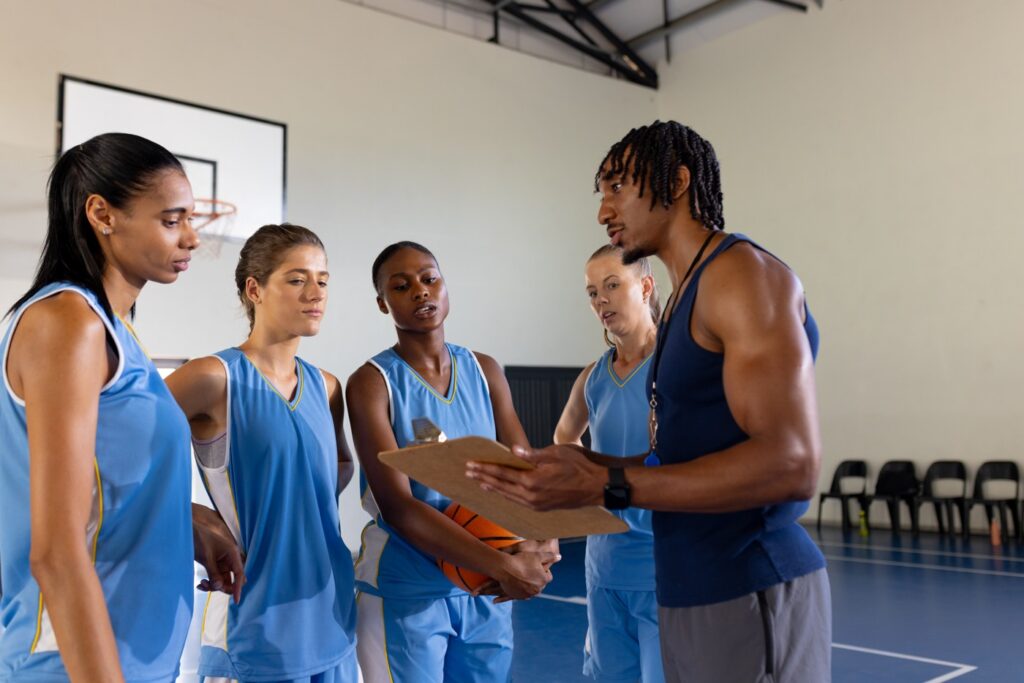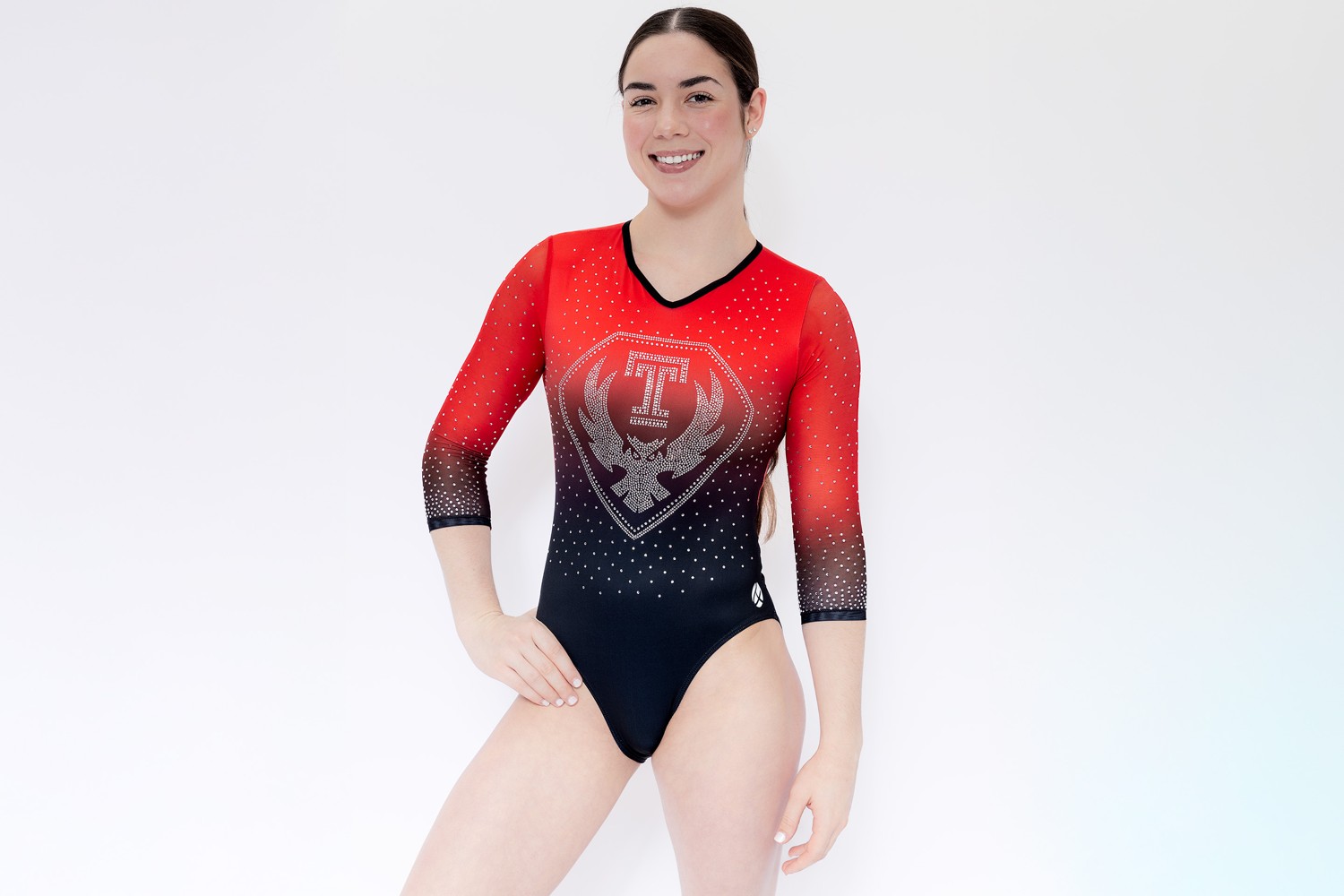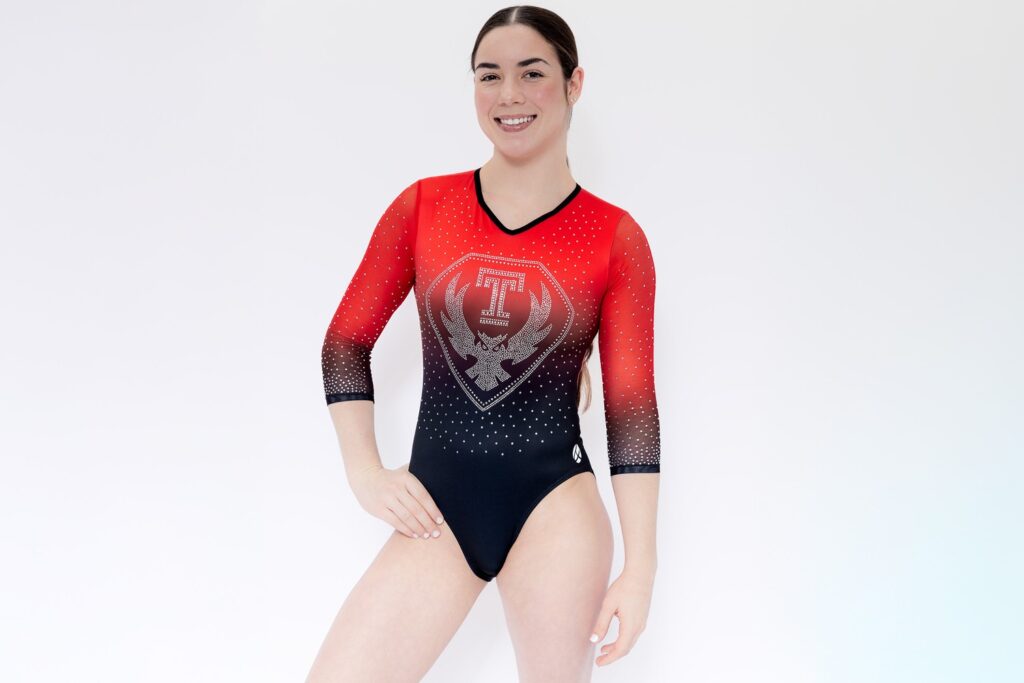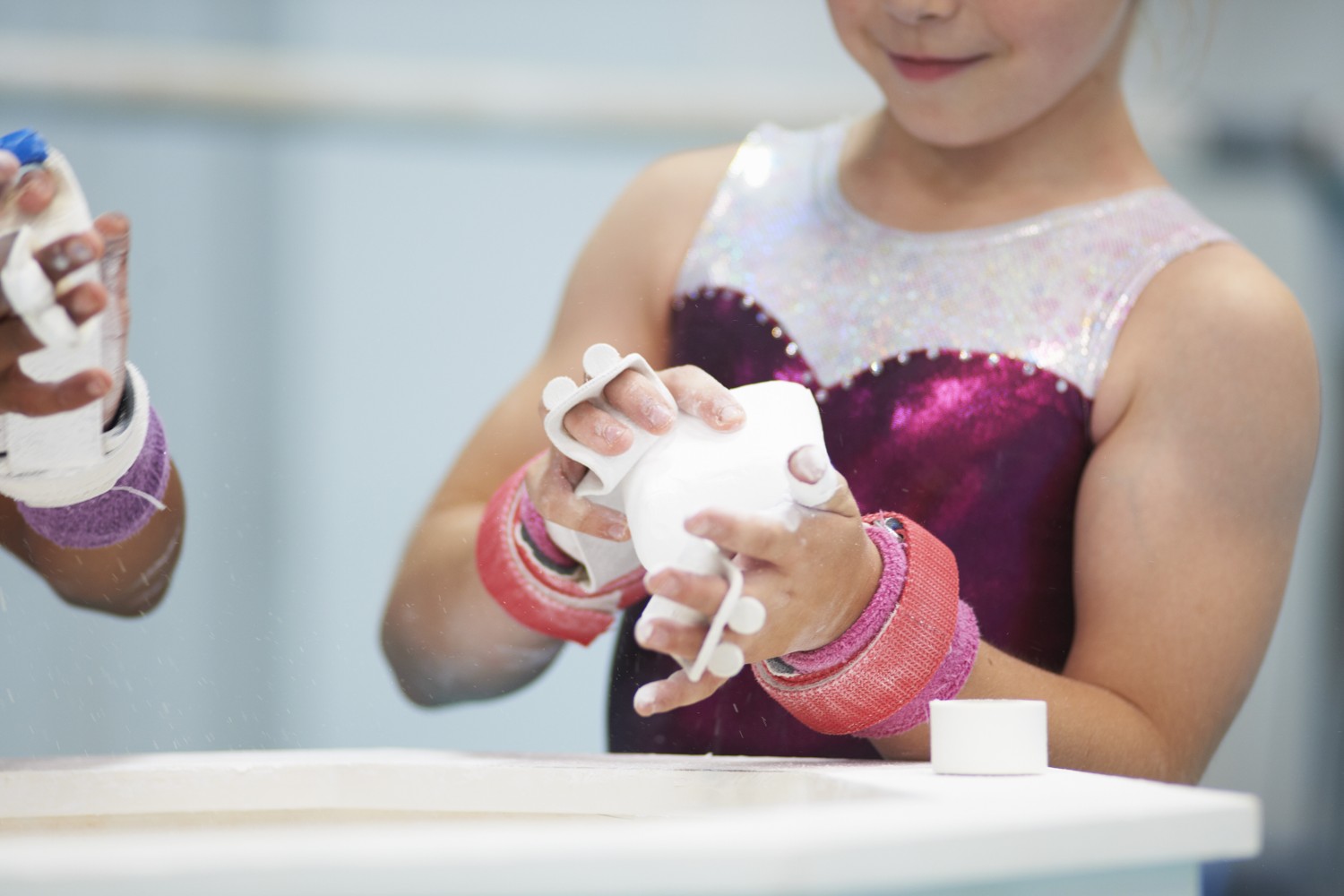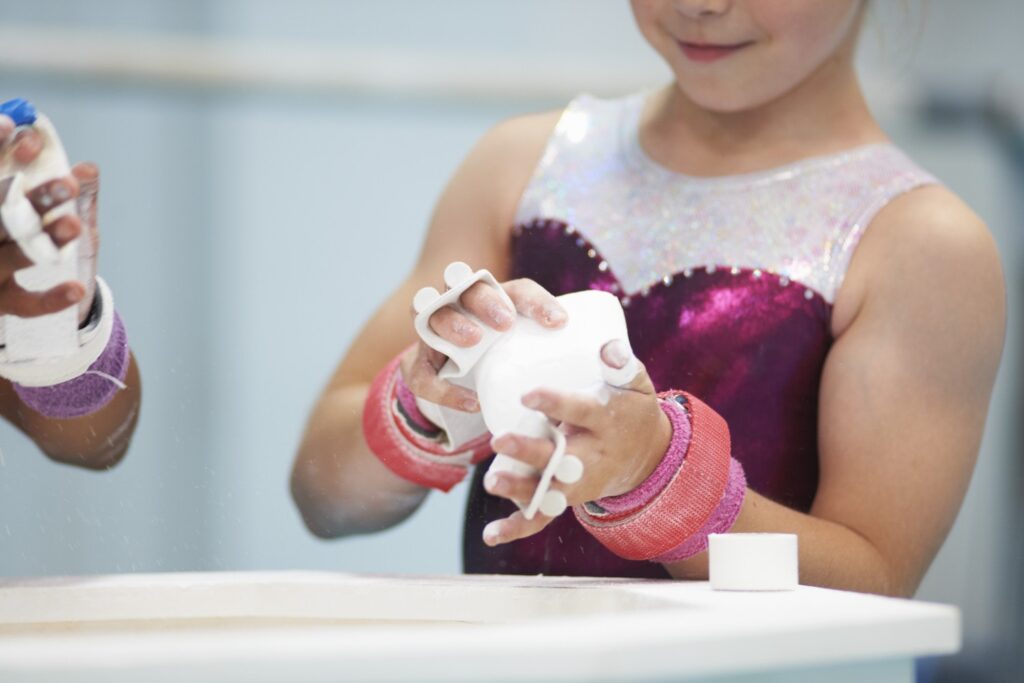Behind every successful athlete, there’s often a strong support system and at the heart of that support are parents. As a coach, you know that parental involvement can either be a driving force for an athlete’s development or, if mishandled, a source of pressure and stress. When parents and coaches work together, they can create an environment where athletes feel supported, motivated, and empowered to reach their full potential.
Understanding the crucial role parents play in an athlete’s journey is essential for fostering stronger relationships and nurturing athletic and personal growth. Here’s how coaches and parents can collaborate to support young athletes and build a positive, encouraging atmosphere for success.
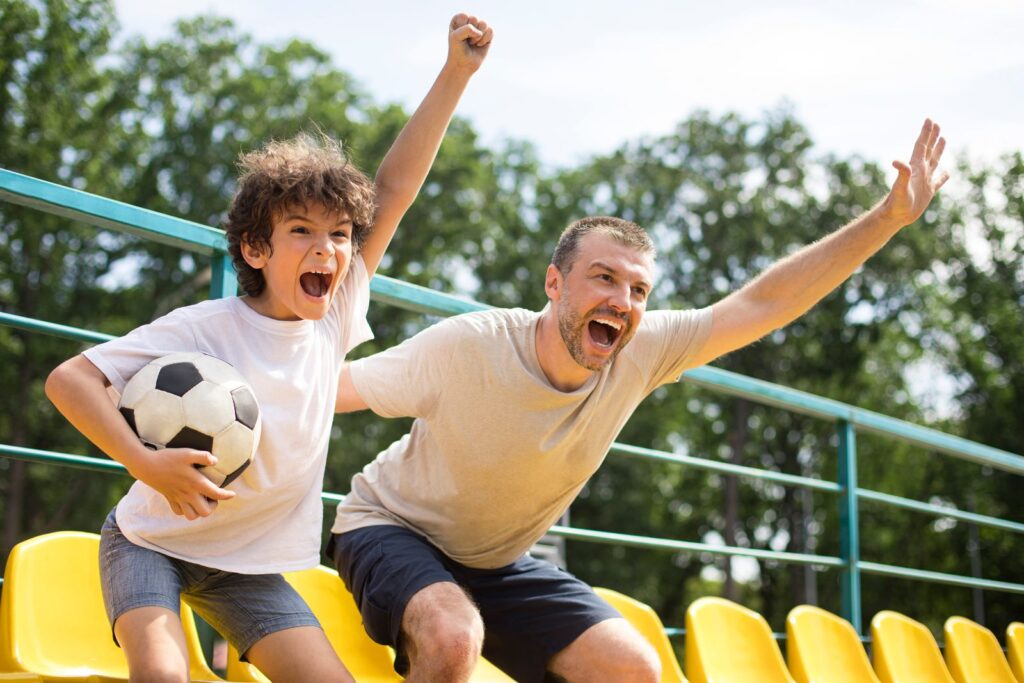
1. Why Parental Support Matters in Sports Development
Parental involvement can shape an athlete’s experience both on and off the field. When managed positively, it offers benefits such as:
-
Emotional Support: Parents provide comfort, encouragement, and reassurance during tough times or after setbacks.
-
Motivation and Confidence: Encouraging words from parents can help boost an athlete’s self-belief and drive.
-
Practical Assistance: From transportation to financial support for equipment, parents play a vital role in ensuring athletes have access to the resources they need.
-
Instilling Values: Parents can reinforce important life lessons like teamwork, discipline, perseverance, and respect values that extend far beyond the game.
However, when parental pressure becomes too intense or overly focused on winning, it can lead to anxiety, burnout, or diminished passion for the sport. Coaches and parents must work together to create an environment that prioritizes growth, enjoyment, and personal development over results alone.
2. How Coaches Can Foster Strong Relationships with Parents
Establish Open Communication Channels
The foundation of a strong parent-coach relationship is clear and open communication. From the start of the season, set expectations and offer transparency about training goals, schedules, and team values.
Ways to encourage communication:
-
Host a pre-season meeting to outline goals, responsibilities, and the overall vision for the team.
-
Send regular email updates on team progress, upcoming events, and athlete achievements.
-
Be open to feedback and create opportunities for parents to share their concerns respectfully.
Set Clear Boundaries
While parental involvement is important, it’s crucial to establish boundaries to maintain a healthy coach-athlete-parent dynamic. Make it clear that:
-
Coaches are responsible for training decisions, including playing time, strategy, and performance evaluations.
-
Parents should focus on providing emotional support and celebrating effort and improvement, rather than critiquing performance.
-
All discussions around performance concerns should happen privately and respectfully—not during games or in front of the team.
Provide Constructive Feedback
Parents want to know how their child is doing—so keep them in the loop with honest and constructive feedback.
-
Highlight the athlete’s progress and achievements.
-
Share areas for growth in a way that focuses on development rather than shortcomings.
-
Encourage parents to reinforce the same positive messages at home to support consistency.
3. Guiding Parents to Be Positive Supporters
Encourage a Growth Mindset at Home
Help parents understand the importance of focusing on effort, learning, and progress not just wins and losses. A growth mindset teaches athletes that skills can be developed with hard work, dedication, and perseverance.
You can advise parents to:
-
Praise hard work, focus, and resilience rather than results.
-
Embrace mistakes as learning opportunities.
-
Celebrate improvements in technique, attitude, and teamwork.
Promote Healthy Communication Between Parents and Athletes
The way parents speak to their children about sports can greatly impact their experience. Encourage parents to:
-
Offer positive reinforcement before and after games.
-
Avoid putting pressure on performance; instead, ask questions like “Did you have fun?” or “What did you learn today?”
-
Listen actively when their child shares feelings about the game, practice, or teammates.
Emphasize Enjoyment Over Competition
While competition is a natural part of sports, it’s important for young athletes to enjoy the process. Help parents understand that fostering a love for the game should always come first.
Encourage parents to:
-
Focus on their child’s passion for the sport rather than outcomes.
-
Be supportive spectators, showing enthusiasm for effort, not just victory.
-
Avoid coaching from the sidelines, allowing the athlete to focus on the coach’s instructions and the game itself.
4. Supporting Athletes Through Challenges
Every athlete will face setbacks, losses, injuries, or moments of frustration. Parents play a critical role in helping their child navigate these challenges.
As a coach, guide parents to:
-
Be patient and empathetic when their child is going through a tough time.
-
Encourage resilience by reminding athletes that setbacks are part of the learning process.
-
Offer emotional support without placing blame or dwelling on mistakes.
You can also suggest that parents celebrate small victories—like returning to practice after an injury or improving a specific skill—to boost confidence and maintain motivation.
5. Creating a Strong Coach-Parent-Athlete Partnership
The most successful athlete development happens when coaches, parents, and athletes work as a team. Here’s how to strengthen that partnership:
-
Collaborate on Goals: Ensure that parents understand the athlete’s development goals and how they can support them.
-
Recognize Everyone’s Role: Coaches should focus on training, parents on emotional support, and athletes on effort and improvement.
-
Celebrate Together: Involve parents in team achievements, award ceremonies, and celebrations to foster a sense of community and shared success.
A parent’s involvement in an athlete’s journey can be one of the most powerful influences on their success and personal growth. By working together, coaches and parents can create a supportive, encouraging environment where athletes can develop their skills, build confidence, and learn valuable life lessons that extend far beyond sports.
The key is collaboration, when coaches and parents communicate openly, respect each other’s roles, and focus on the athlete’s overall well-being, everyone wins.

